BATHROOMS – Why Routinely Disinfect the Walls?

by
Matthew Gingerella
(IC: homeowner)
When trying to maintain clean, germ-free bathrooms we immediately think of disinfecting the toilet, the tub and the shower; and most of us have trouble keeping up with those. We do not normally think about routinely disinfecting the walls and ceilings in bathrooms- but, we really should.
Allow me to share a few reasons why I believe these extra efforts are warranted:
1. The walls behind and next to the Toilet are constantly subjected to Bacteria contamination from toilet splash and over-spray (see Fig. 1)
2. The walls within 10-ft of the toilet are contaminated with Toilet Bacteria in aerosolized water droplets every time the toilet is flushed with the lid-up (see Fig. 2 & Fig. 3)
3. All bathroom walls and ceilings are subjected to aerosolized water droplets from the shower which contain:
a. Bacteria and Fungus in the tap water supplied by municipal water supplies (Fig. 4)
b. Bacteria that comes off our bodies during showering
To continue, we readily recognize mirrors, walls, windows and ceilings in bathrooms get visible “condensation’ on them when we shower. Most of us just did not realize how contaminated that condensation really is, as described above.
Detecting Contaminated Walls &Surfaces:
I performed a first-hand scientific inspection of a typical home bathroom using a Handheld UV Black Light (available on-line); photos of my findings are attached (see Figs. 5-8).
Disinfecting Walls and Ceilings:
Although our first instinct may be to go for the Bleach for disinfecting, it is not the best choice to disinfect typical painted walls and ceilings, as it tends to fade the color. In this case, Distilled White Vinegar may be a good choice for disinfection without bleaching the color of the paint.
Protecting Walls and Ceilings after Disinfection:
Painted surfaces or wall paper will tend to deteriorate from chemical attack or water-damaged from routine cleaning.
To protect my disinfected walls and ceilings I coat them with “Self-Cleen ST3” (also available on-line). It is a self-cleaning (EZ Cleaning) coating. This spray-on coating creates a water-proof protective barrier on painted surfaces and wallpaper to prevent deterioration and damage.
Allow me to share a few reasons why I believe these extra efforts are warranted:
1. The walls behind and next to the Toilet are constantly subjected to Bacteria contamination from toilet splash and over-spray (see Fig. 1)
2. The walls within 10-ft of the toilet are contaminated with Toilet Bacteria in aerosolized water droplets every time the toilet is flushed with the lid-up (see Fig. 2 & Fig. 3)
3. All bathroom walls and ceilings are subjected to aerosolized water droplets from the shower which contain:
a. Bacteria and Fungus in the tap water supplied by municipal water supplies (Fig. 4)
b. Bacteria that comes off our bodies during showering
To continue, we readily recognize mirrors, walls, windows and ceilings in bathrooms get visible “condensation’ on them when we shower. Most of us just did not realize how contaminated that condensation really is, as described above.
Detecting Contaminated Walls &Surfaces:
I performed a first-hand scientific inspection of a typical home bathroom using a Handheld UV Black Light (available on-line); photos of my findings are attached (see Figs. 5-8).
Disinfecting Walls and Ceilings:
Although our first instinct may be to go for the Bleach for disinfecting, it is not the best choice to disinfect typical painted walls and ceilings, as it tends to fade the color. In this case, Distilled White Vinegar may be a good choice for disinfection without bleaching the color of the paint.
Protecting Walls and Ceilings after Disinfection:
Painted surfaces or wall paper will tend to deteriorate from chemical attack or water-damaged from routine cleaning.
To protect my disinfected walls and ceilings I coat them with “Self-Cleen ST3” (also available on-line). It is a self-cleaning (EZ Cleaning) coating. This spray-on coating creates a water-proof protective barrier on painted surfaces and wallpaper to prevent deterioration and damage.
Fig. 1 - The Toilet Splash Zone needs little explanation, especially if there are men and/or boys in the house.Toilet Bacteria and Urine end up on the walls and surfaces around the toilet on a daily basis.
Fig. 2 - When a toilet is flushed with the Lid "Up" aerosolized water droplets containing toilet bacteria are ejected out of the toilet bowl and into the air in the bathroom.
Fig. 3 - The bacteria contaminated droplets hand in the air for up to 20 minutes, after which they have spread throughout the bathroom and land on most surfaces - including the walls.
Fig. 4 - It is well documented in the literature that tap water from Municipal Water System contains some amount of bacteria and fungus; some of which is disease causing. The aerosolized droplets from the shower carry the germs throughout the bathroom. This contamination condenses on most surfaces - especially walls and ceilings.
Fig. 5 - Photo of Germ & Urine Contaminated Cabinet located directly to the left of the Toilet. Photo taken using a Handheld UV Black Light.The glowing contamination is UNSEEN by the eye under normal light conditions.The UV Black Light, used in a darkened room, makes many contaminants "glow" so that they are easily seen with the naked eye.
Fig. 6 - Photo of Germ & Urine Contaminated Wall located directly behind the Toilet. Photo taken using a Handheld UV Black Light.The glowing contamination is UNSEEN by the eye under normal light conditions.The UV Black Light, used in a darkened room, makes many contaminants "glow" so that they are easily seen with the naked eye.
Fig. 7 - Photo of Germ & Urine Contaminated Wall located directly to the Right of the Toilet. Photo taken using a Handheld UV Black Light.The glowing contamination is UNSEEN by the eye under normal light conditions.The UV Black Light, used in a darkened room, makes many contaminants "glow" so that they are easily seen with the naked eye.
Fig. 8 - Photo of Germ & Urine Contaminated Wall and Toilet Paper Holder located directly to the Right of the Toilet. Photo taken using a Handheld UV Black Light.The glowing contamination is UNSEEN by the eye under normal light conditions.The UV Black Light, used in a darkened room, makes many contaminants "glow" so that they are easily seen with the naked eye.
Enjoyed the project?
Published April 12th, 2014 6:49 PM
Comments
Join the conversation
2 of 11 comments
-
 Joan Slaughter Droste
on Feb 12, 2018
Joan Slaughter Droste
on Feb 12, 2018
what about pics after you cleaned?
-
-
 Jack
on Apr 22, 2020
Jack
on Apr 22, 2020
Use paint rollers to disinfect walls! Get some white vinegar, mix it with water (1/2 cup per half gallon), and dunk the roller in.
I've had luck trying this with the following rollers:
Good luck!
-



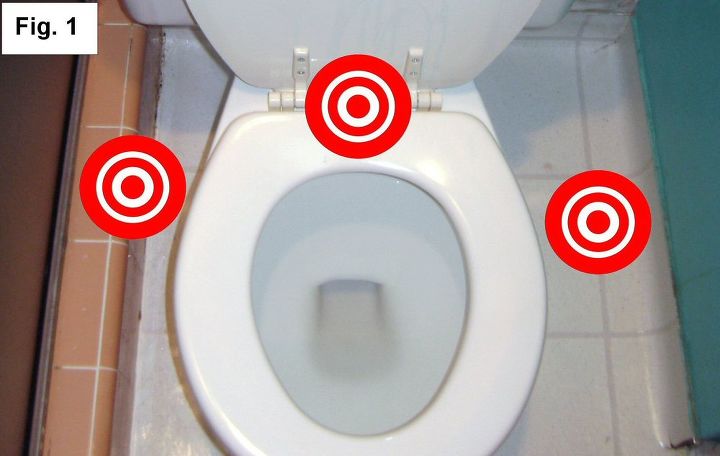
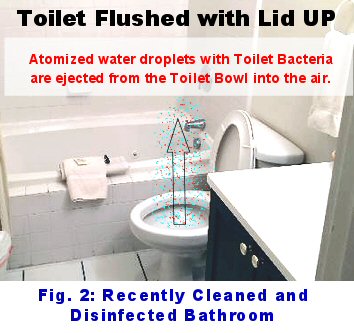
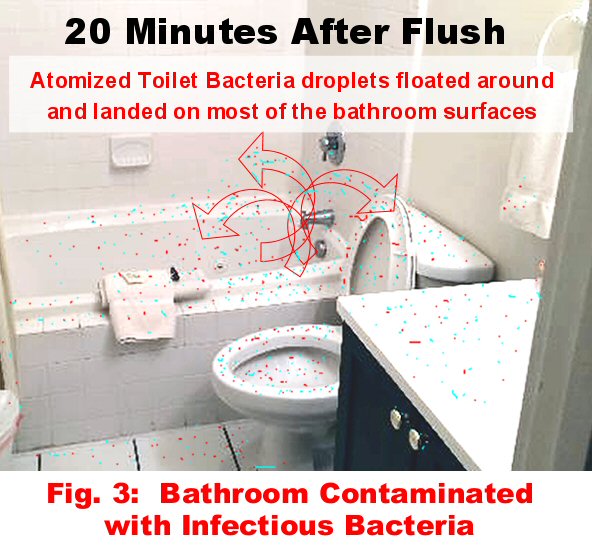
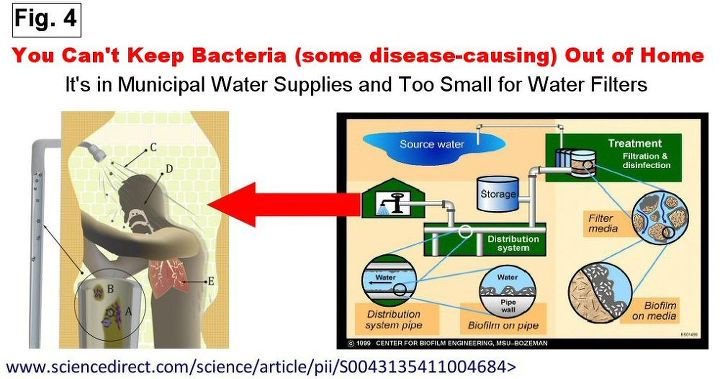

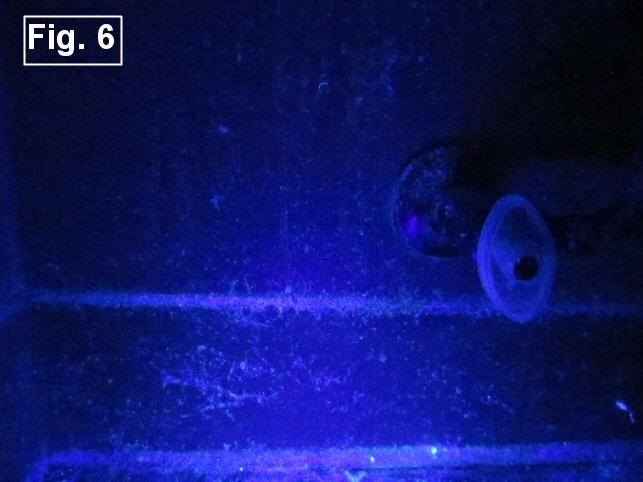
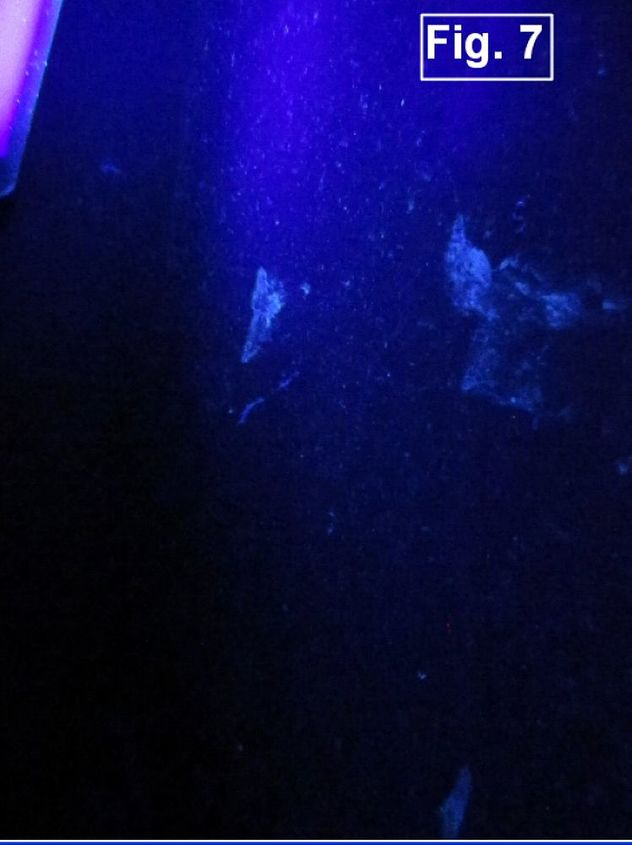

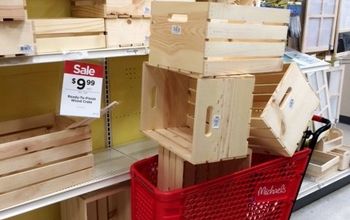




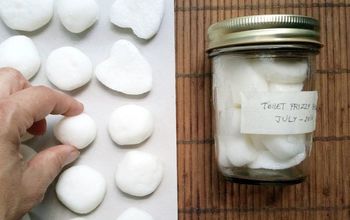
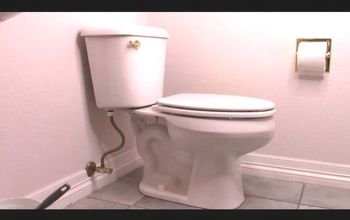

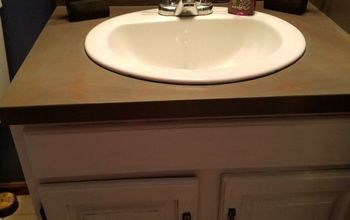
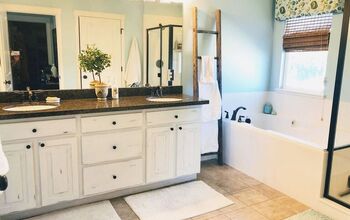

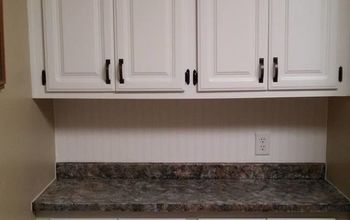

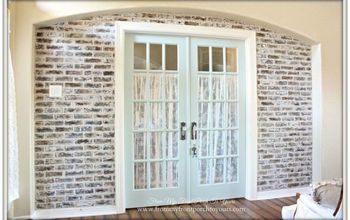
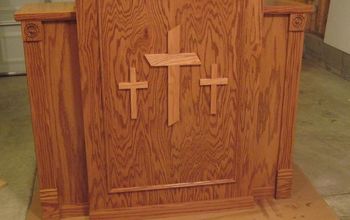
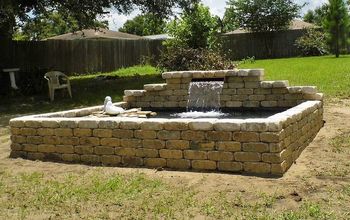
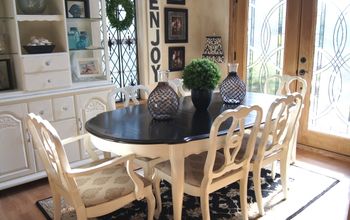

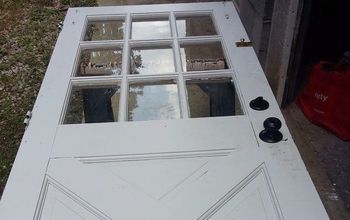

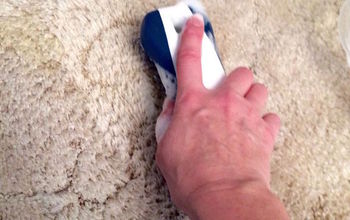


Frequently asked questions
Have a question about this project?